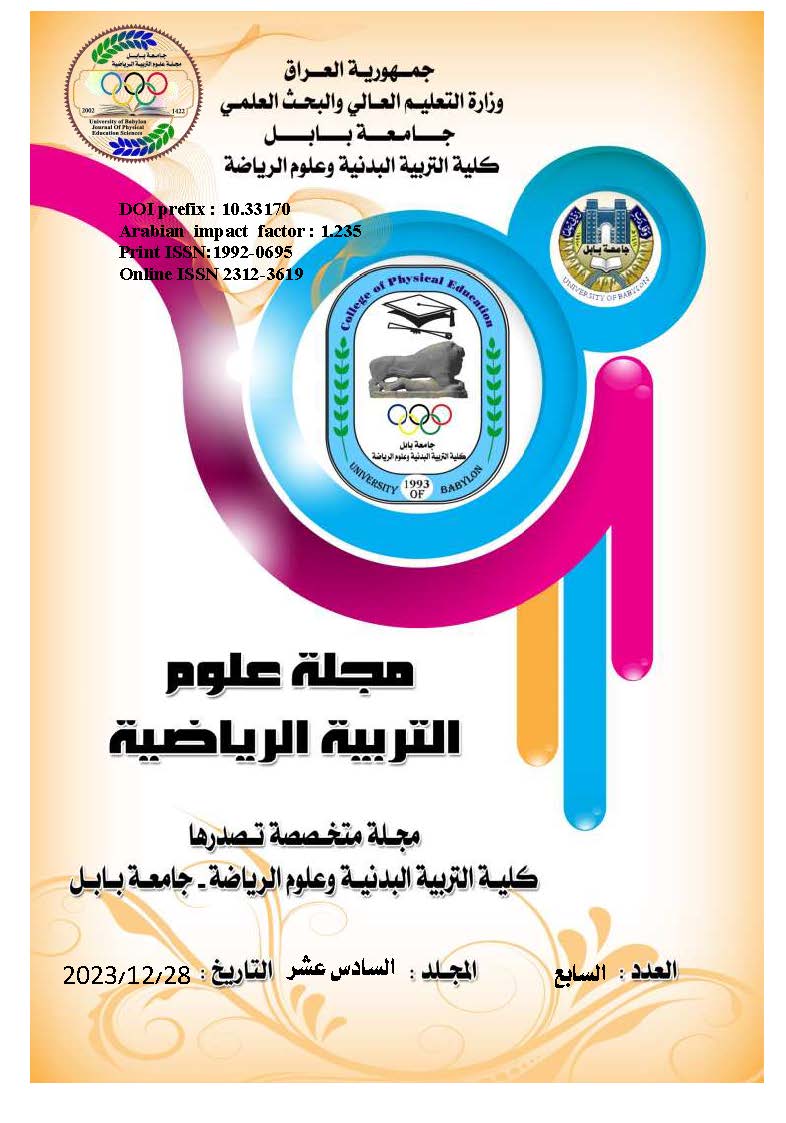The effect of auxiliary educational exercises using the Bosu balance ball in developing motor balance and some bio-kinematic indicators for the skill of back rolling on the floor movement mat
DOI:
https://doi.org/10.33170/jocope.v16i7.962-975Keywords:
educational exercises, bosu balance ball, motor balanceAbstract
Abstract
The research included four chapters. The first chapter contained the introduction to the research and its importance. The kinetic chains were distinguished by the beauty and difficulty of skills, as well as the link between these skills of varying difficulty. Hence, there is a need to modernize educational curricula and create new educational programs that suit biomechanical requirements. Educational auxiliary exercises are one of the main tools. The importance of research using auxiliary educational exercises using the Bosu balance ball is highlighted in developing motor balance and improving coordination between body movements, as muscle development plays a decisive role in supporting motor balance and improving performance. As for the research problem, and through the researcher’s work as a gymnastics teacher In one of the Iraqi universities, the researcher noticed that there was weakness and fluctuation in the performance of this skill. The most important reason may be the weakness in the ability of motor balance, which is the transfer or link between this skill with other skills. The researcher used educational exercises to help using the Bosu balance ball and concluded that adopting educational exercises to help using The Bosu balance ball works to develop balance and biomechanical indicators of the back rolling skill among the students of the back rolling skill among the students of the College of Physical Education. It was recommended that auxiliary educational exercises be adopted using the Bosu balance ball among the learners of the back rolling skill among the students of the College of Physical Education.









